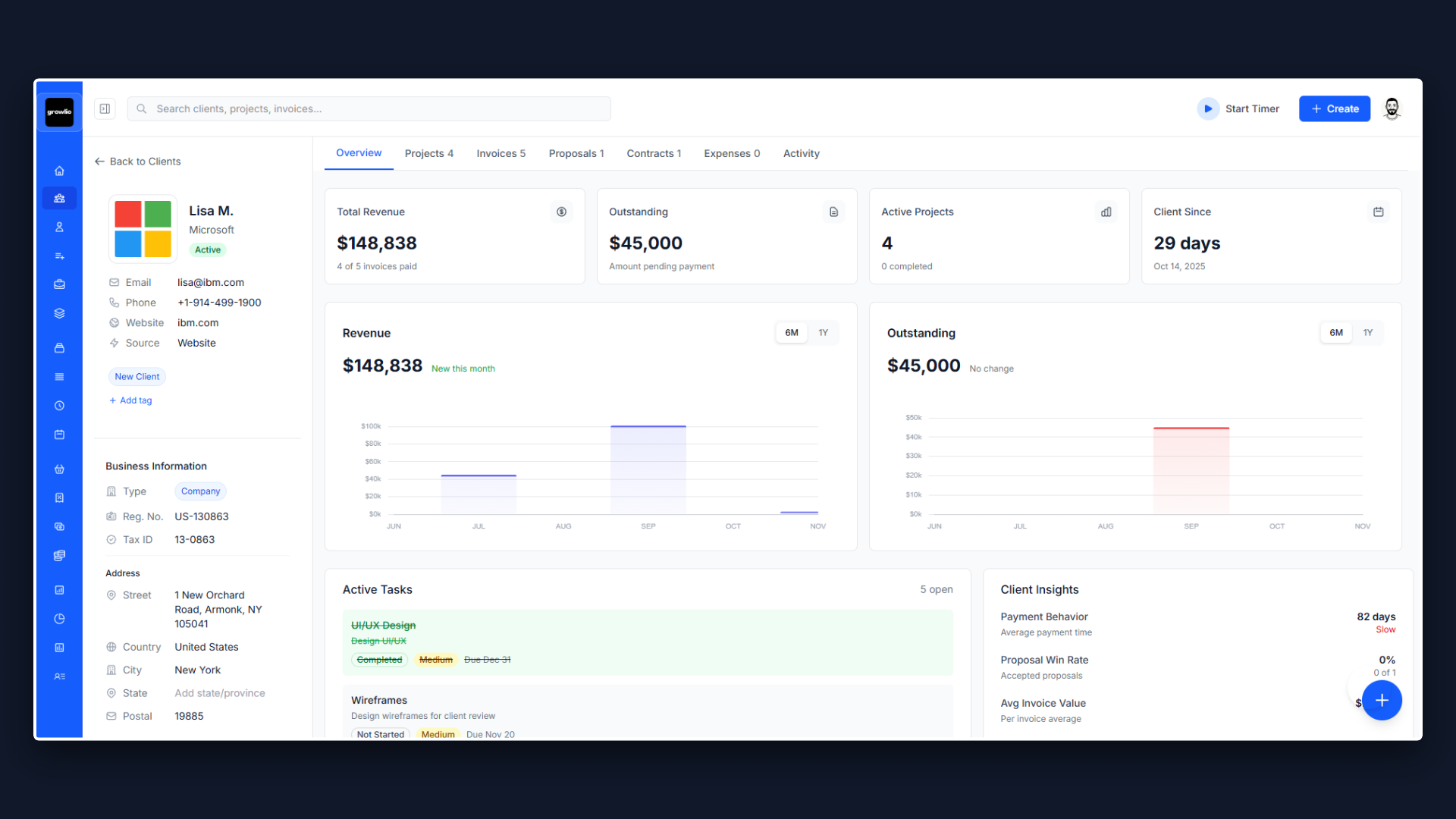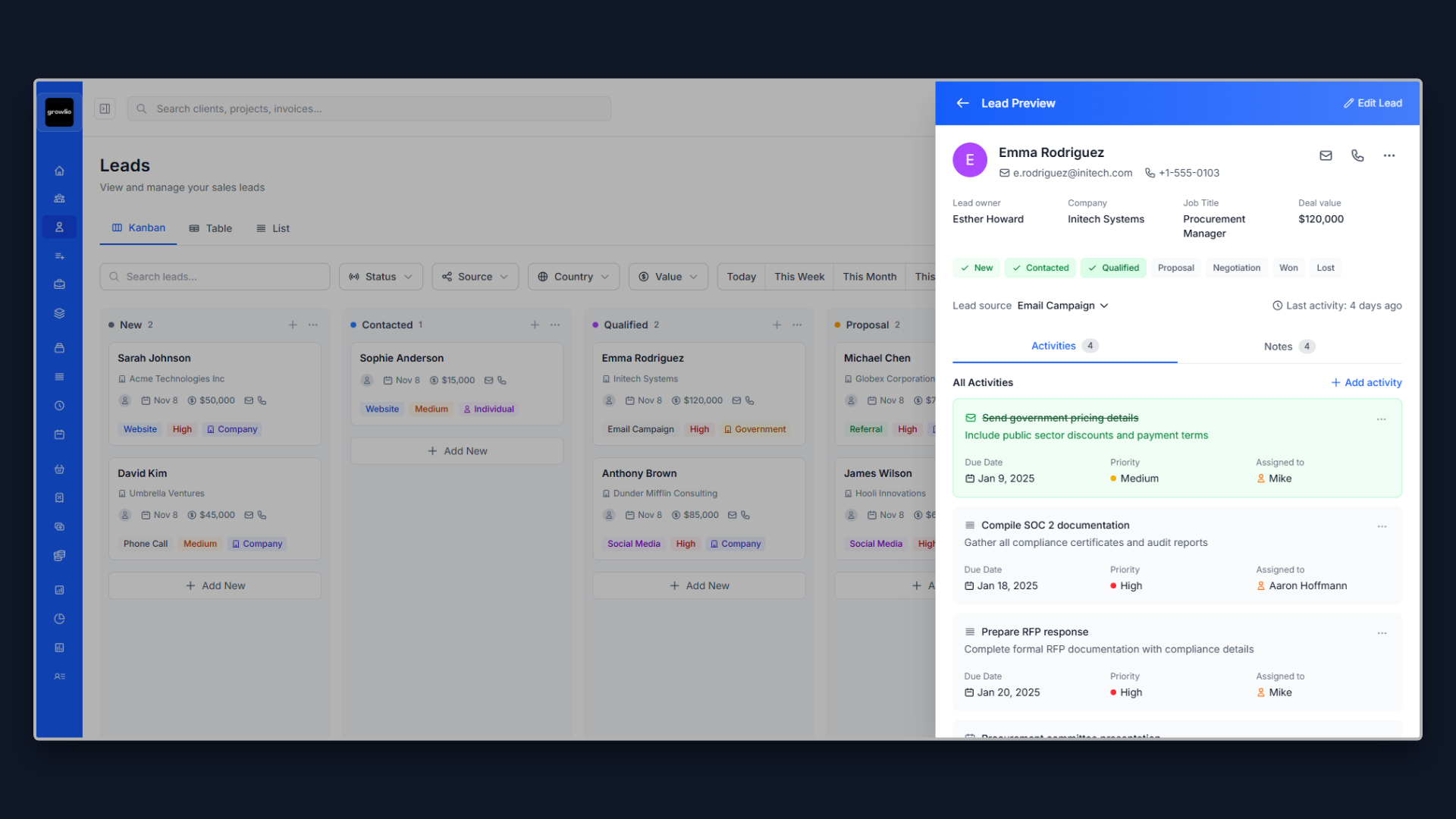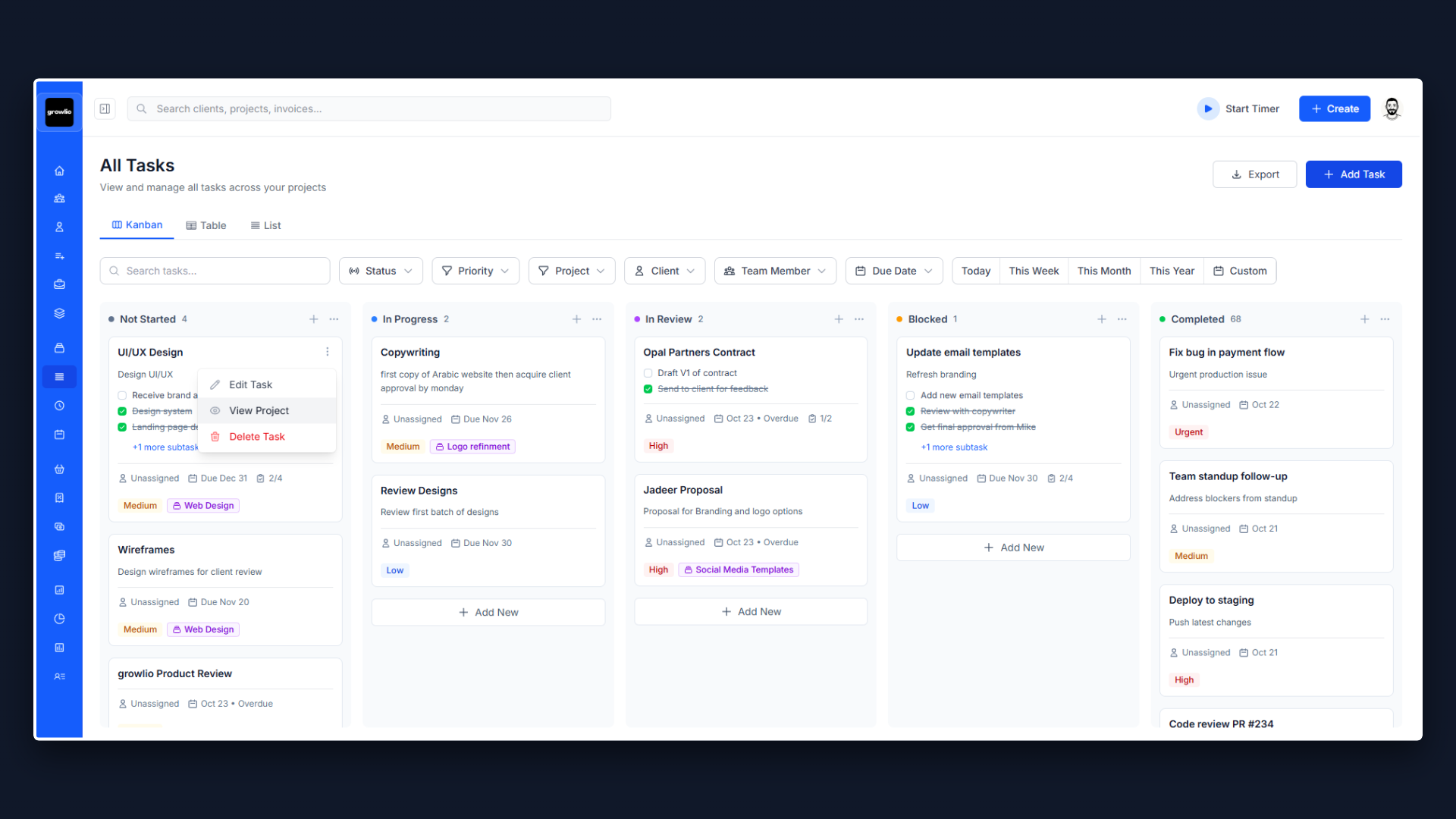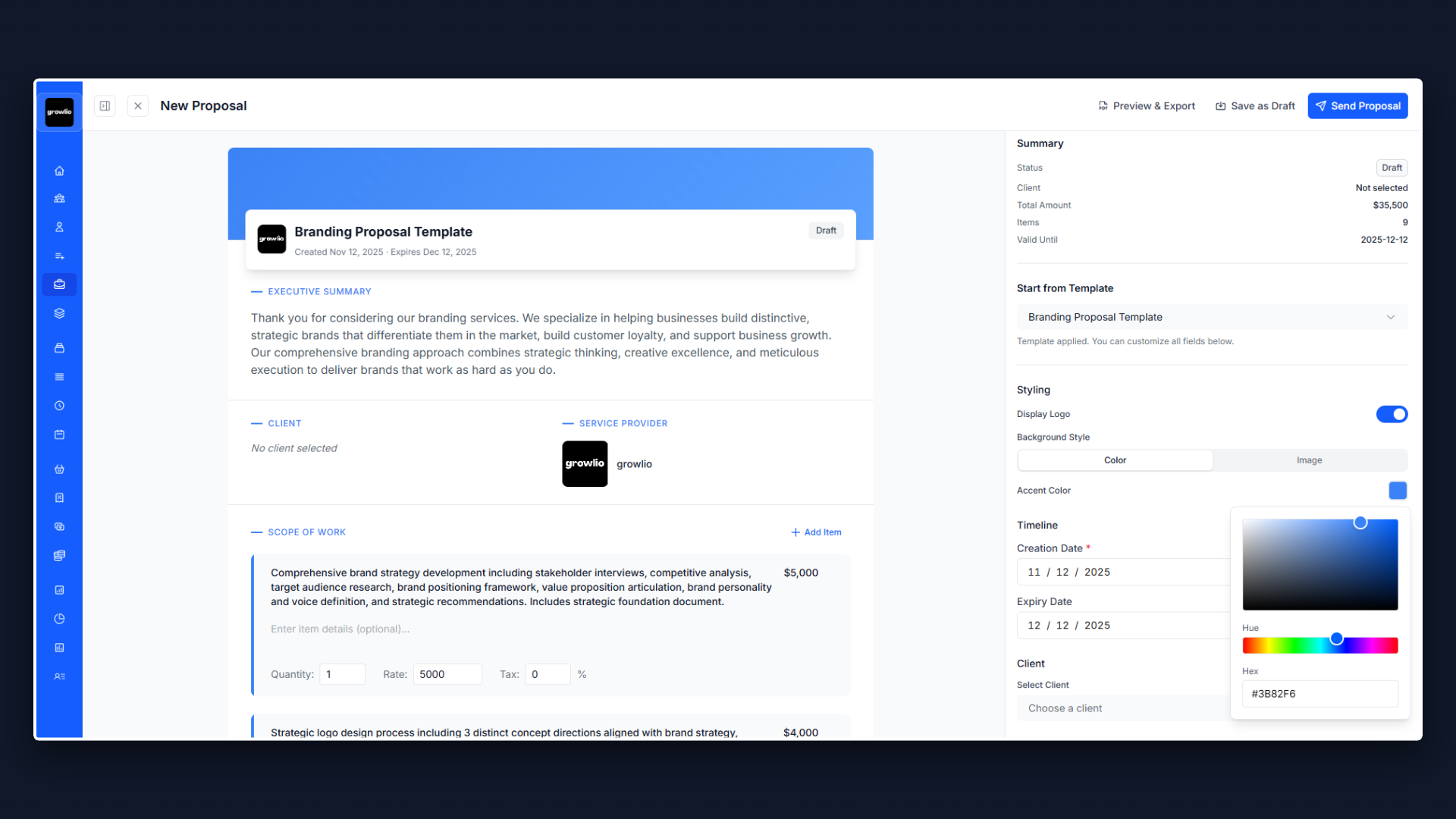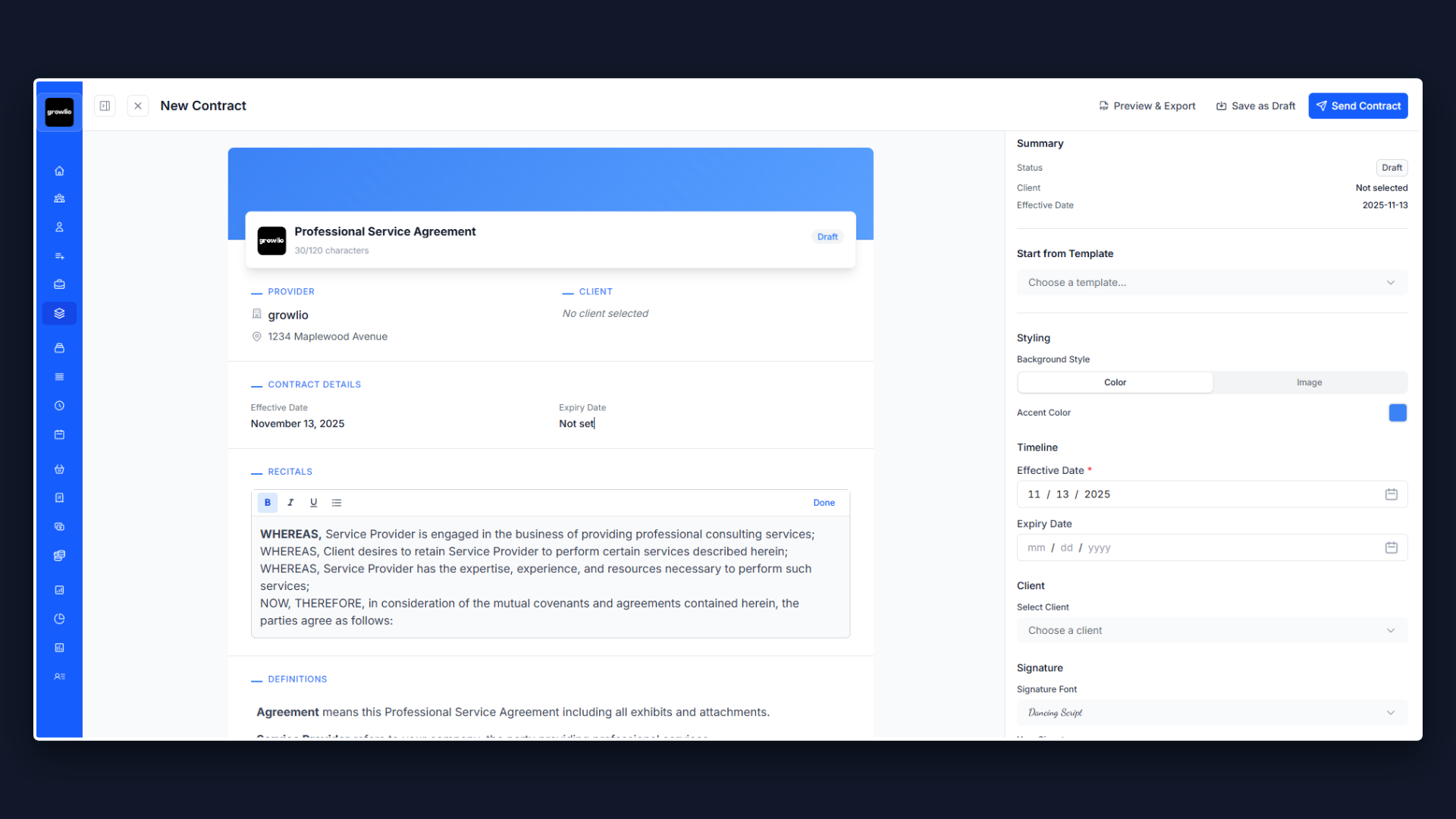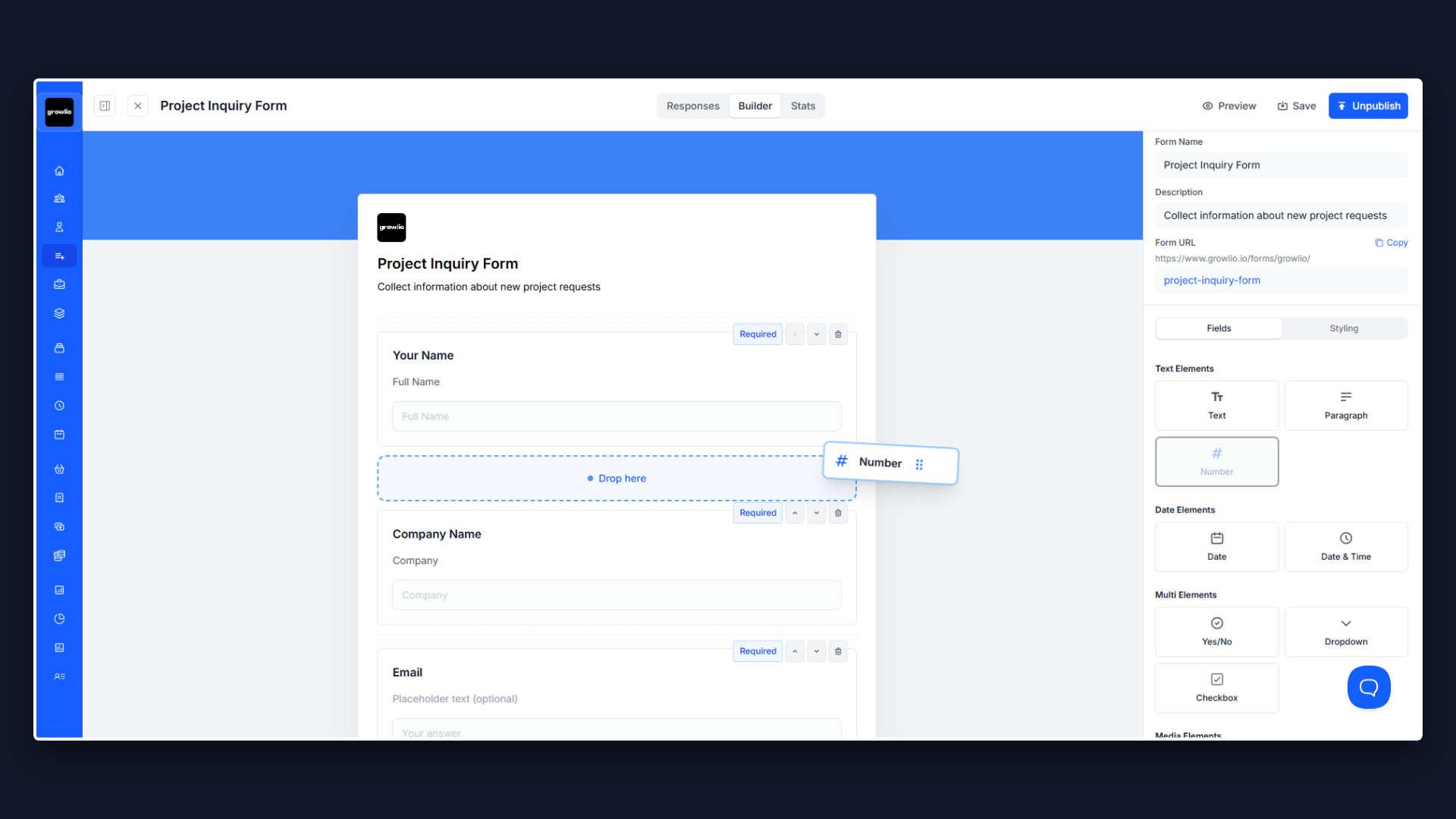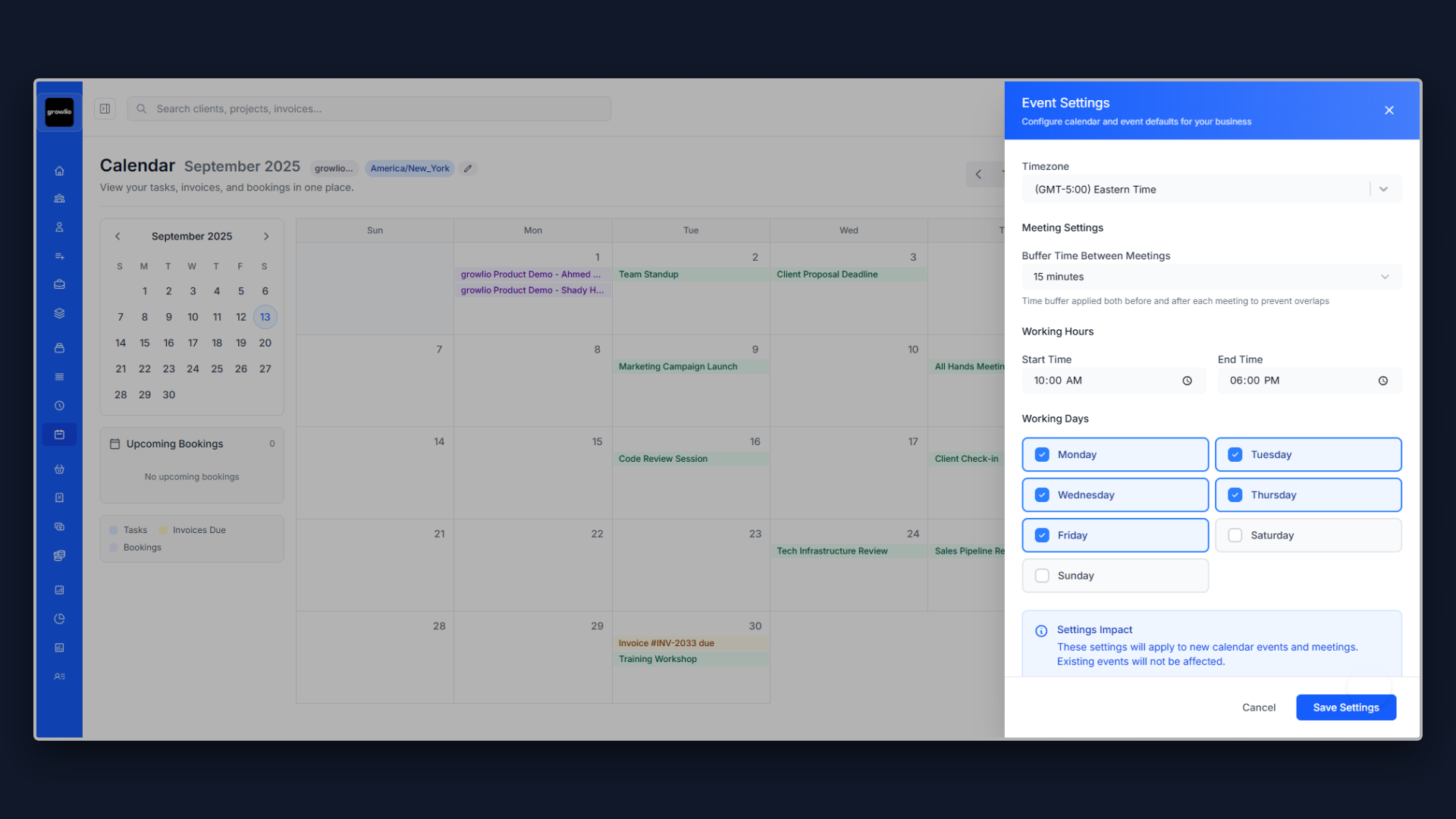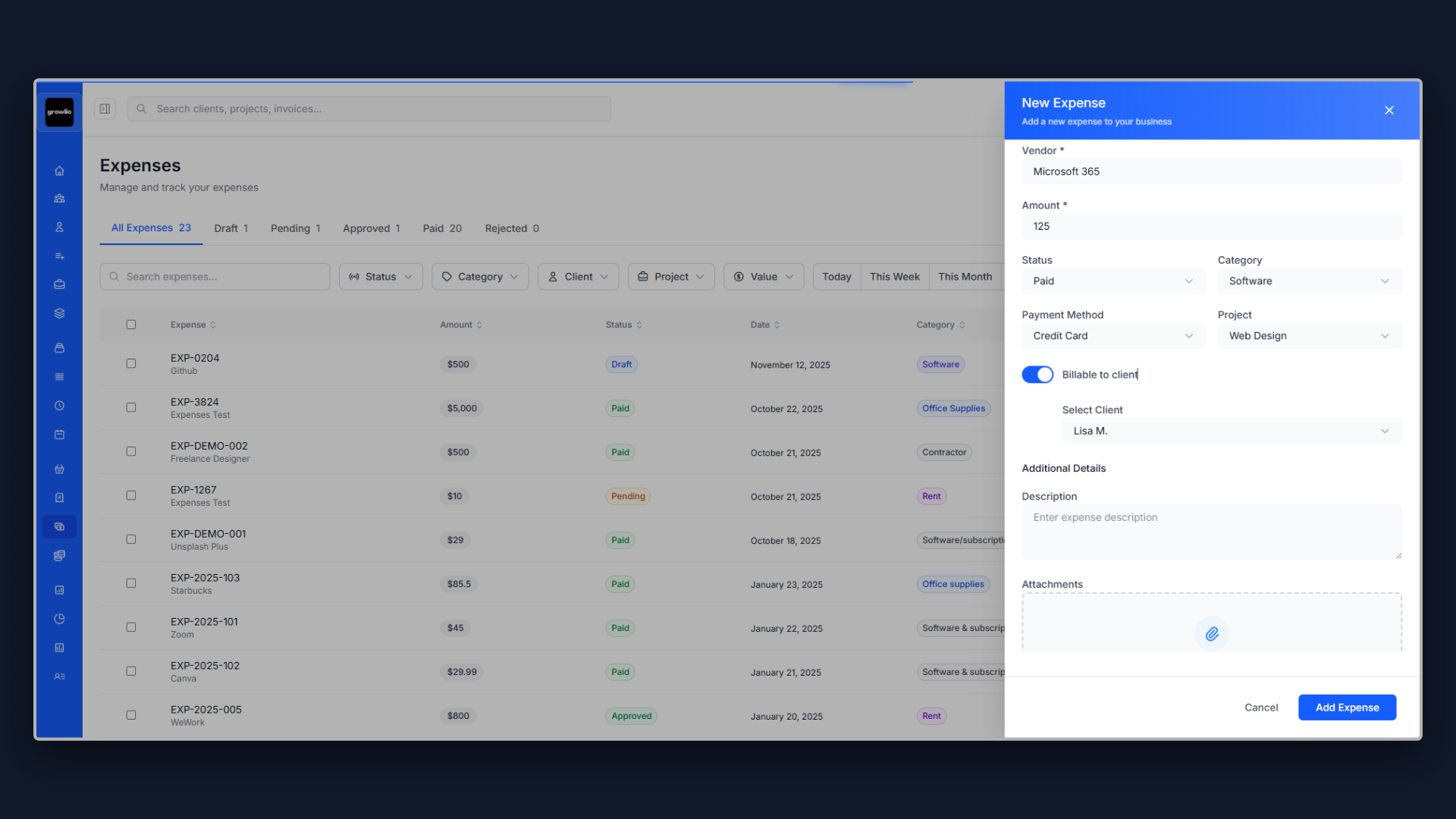Why Your SEO Proposal Makes or Breaks Your Business
As an SEO consultant or agency, you know that organic search drives 53% of all website traffic. But here's the harsh reality: even if you're excellent at ranking websites, you'll struggle to win clients if your proposals don't demonstrate your value clearly.
The SEO industry generates over $80 billion annually, with businesses increasingly recognizing that ranking on Google's first page isn't optional—it's survival. Yet many talented SEO professionals lose projects to competitors who simply write better proposals. This has nothing to do with your SEO skills and everything to do with how you present them.
Your SEO proposal is your first impression, your sales pitch, and your contract all rolled into one document. It needs to educate prospects who may not understand technical SEO while simultaneously proving you're the expert they need. This is a delicate balance that many get wrong.
1. Start With the Client's Pain Points, Not Your Services
The biggest mistake SEO consultants make is leading with a list of services: "We offer keyword research, on-page optimization, link building..." Your prospect doesn't care about your services yet. They care about their problems.
Start your proposal by demonstrating you understand their specific situation. Did their traffic drop after a Google update? Are they losing to competitors in search results? Is their conversion rate too low despite decent traffic? Address these pain points explicitly.
For example: "Our analysis shows your website ranks on page 2-3 for high-value keywords in your industry. This means you're missing out on approximately 75% of potential clicks, as 75% of users never scroll past Google's first page. Based on your industry's average conversion rates, this could represent $50,000-$100,000 in lost annual revenue."
This approach immediately shows you've done your homework and understand what's at stake. Now they're ready to hear your solution.
2. Include a Mini Audit to Demonstrate Your Expertise
Nothing builds credibility faster than showing you've already analyzed their website. Include a brief audit section in your proposal highlighting 3-5 critical issues you discovered:
Technical SEO Issues: Slow page load times (current: 4.5 seconds, goal: under 2 seconds), mobile usability errors, broken internal links, missing XML sitemap.
On-Page Optimization Gaps: Missing or duplicate title tags on 40% of pages, thin content (under 300 words) on key category pages, poor internal linking structure.
Content Opportunities: Competitors ranking for 50+ keywords you're not targeting, missing FAQ pages that could capture featured snippets, outdated blog content from 2019-2020.
Backlink Profile Weaknesses: Only 15 referring domains compared to competitor average of 80+, high percentage of low-authority links, missing links from industry-relevant websites.
This mini audit serves multiple purposes: it proves you know what you're doing, it creates urgency by highlighting problems, and it makes your proposed solutions feel essential rather than optional.
3. Break Down Your SEO Strategy Into Clear Phases
SEO is complex, but your proposal shouldn't be confusing. Break your strategy into clear, logical phases that a non-technical client can understand.
Phase 1: Foundation (Month 1-2)
Technical SEO audit and fixes, site speed optimization, mobile responsiveness improvements, fixing crawl errors and broken links, implementing proper site structure and navigation, setting up Google Analytics and Search Console properly.
Phase 2: On-Page Optimization (Month 2-3)
Comprehensive keyword research and mapping, optimizing title tags and meta descriptions, improving content quality and depth, implementing schema markup, optimizing images with proper alt text, strengthening internal linking.
Phase 3: Content Development (Month 3-6)
Creating high-quality blog content targeting long-tail keywords, developing pillar pages for core topics, optimizing existing content, creating FAQ pages to capture featured snippets, producing linkable assets (guides, infographics, research).
Phase 4: Authority Building (Month 4-12)
Strategic link building through digital PR, guest posting on industry-relevant sites, building relationships with industry publications, earning links through quality content, monitoring and disavowing toxic backlinks.
This phased approach makes SEO feel manageable and shows you have a clear roadmap. It also allows you to break pricing into phases if needed, making the investment feel less overwhelming.
4. Set Realistic Expectations About Timeline and Results
One of the fastest ways to lose trust is overpromising results. Clients appreciate honesty about SEO timelines, even if it means waiting longer for results.
Be explicit: "SEO is a long-term strategy. Most businesses start seeing improvements in rankings and organic traffic within 3-4 months, with significant results typically visible within 6-12 months. The exact timeline depends on your current website status, competition level, and the scope of work required."
Provide a realistic projection: "Based on our analysis of your competition and industry, we project: Month 1-3: 20-30% increase in indexed pages and technical improvements. Month 4-6: 30-50% increase in targeted keyword rankings moving to page 1-2. Month 7-12: 50-100% increase in organic traffic and 40-60% improvement in lead generation from organic search."
These numbers may seem conservative, but they're believable. Once you exceed these expectations, your client will be thrilled. If you promise page 1 rankings in 30 days and fail to deliver, you'll lose the client.
5. Explain Your Keyword Research Process
Many clients don't understand keyword research beyond "I want to rank for X." Use your proposal to educate them on your strategic approach.
Explain that effective keyword research involves: analyzing search intent (informational, navigational, commercial, transactional), balancing search volume with competition level, identifying long-tail opportunities with higher conversion rates, mapping keywords to specific pages on their website, discovering competitor keyword gaps, and prioritizing keywords by business value, not just search volume.
Give specific examples: "Rather than only targeting 'accounting software' (45,000 monthly searches, extremely competitive), we'll also target 'accounting software for small construction companies' (800 monthly searches, low competition, higher conversion rate). These long-tail keywords often drive more qualified leads."
This demonstrates strategic thinking and shows you're not just going after vanity metrics.
6. Address Link Building Transparently
Link building is often misunderstood and sometimes associated with shady practices. Be transparent about your approach to build trust.
Explain your white-hat link building methods: creating linkable assets (original research, comprehensive guides, tools, infographics), digital PR and journalist outreach for brand mentions and links, guest posting on relevant, high-authority sites, building relationships with industry influencers and publications, broken link building (finding broken links on other sites and suggesting your content), and earning links through exceptional content marketing.
Be explicit about what you will NOT do: "We never engage in link schemes, buying links, or using private blog networks (PBNs). These tactics violate Google's guidelines and can result in penalties. Every link we build comes from legitimate, white-hat methods that provide long-term value."
This transparency reassures clients that you won't put their website at risk.
7. Include Case Studies and Proof of Results
Nothing sells like results. Include 2-3 brief case studies in your proposal showing results you've achieved for similar clients.
Format them simply: Client: B2B SaaS Company in Project Management Space. Challenge: Low organic traffic, ranking on page 2-3 for target keywords. Strategy: Technical SEO fixes, content marketing, strategic link building. Results: 300% increase in organic traffic in 8 months, 15 keywords moved to page 1, organic leads increased from 20 to 85 per month.
If you're new to SEO and don't have client results yet, you can reference: your own website's SEO performance, pro bono work for nonprofits or friends, personal projects or side businesses, or results from any internships or previous employment.
Even one solid case study is better than none. It makes your promises feel real and achievable.
8. Transparent Pricing That Reflects Value
Pricing SEO services is challenging because every project is different. However, vague pricing ("$2,000-$10,000 depending on scope") makes clients nervous.
Provide clear pricing tiers or packages: Starter SEO Package - $2,500/month: Technical SEO audit and fixes, on-page optimization for up to 20 pages, 2 optimized blog posts per month, monthly reporting. Growth SEO Package - $4,500/month: Everything in Starter, plus keyword research and strategy, 4 optimized blog posts per month, strategic link building (5-10 quality links/month), conversion rate optimization recommendations. Enterprise SEO Package - $7,500/month: Everything in Growth, plus comprehensive content strategy, 8 optimized blog posts per month, aggressive link building campaign, dedicated account manager, bi-weekly strategy calls.
This tiered approach gives clients options and helps them see the value at each level. It also makes upselling easier as they see results.
9. Clearly Define Deliverables and Reporting
Clients need to know what they're getting for their investment. Be specific about deliverables.
Monthly deliverables might include: comprehensive ranking report showing keyword positions, organic traffic and conversion data from Google Analytics, new content published (with links to each piece), backlinks acquired (with source URLs and metrics), technical issues identified and resolved, and strategic recommendations for the following month.
Quarterly deliverables might include: comprehensive SEO audit update showing progress, competitor analysis and market positioning, strategic roadmap for next quarter, and content strategy and keyword targeting recommendations.
This level of detail shows you're organized and accountable. Clients appreciate knowing exactly what to expect.
10. Make Next Steps Crystal Clear
Don't leave your prospect wondering what happens next. End your proposal with a clear call to action and process.
"Ready to dominate search results in your industry? Here's how we get started: Step 1: Sign the proposal and return it by [date]. Step 2: We'll schedule a kickoff call within 48 hours. Step 3: Our team begins the technical audit immediately. Step 4: You'll receive your first progress report within 30 days. Questions? Schedule a call with me at [calendar link] or reply to this email."
This removes friction and makes it easy for prospects to say yes. The clearer you make the path forward, the more likely they are to take it.
Final Thoughts on SEO Proposals
Your SEO proposal isn't just a formality—it's a sales tool, an educational resource, and a trust-building document. The consultants who win the most clients aren't always the best at SEO; they're the best at explaining SEO in a way that makes sense to business owners.
Take the time to customize each proposal for your prospect. Reference their specific website, competitors, and industry. Show that you've done the research. Demonstrate your expertise through a mini audit. Set realistic expectations. And make it easy to say yes.
Remember: a great SEO proposal proves you understand their business, demonstrates you have a clear strategy, shows evidence you can deliver results, and makes the investment feel worthwhile. Get these elements right, and you'll close more deals—even if your competitors have more experience or charge less.
